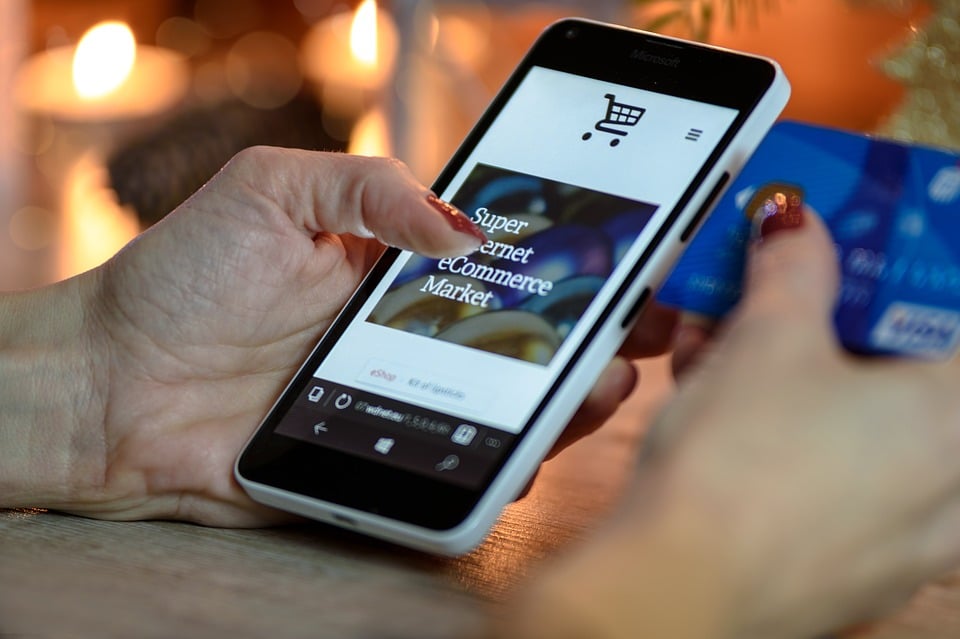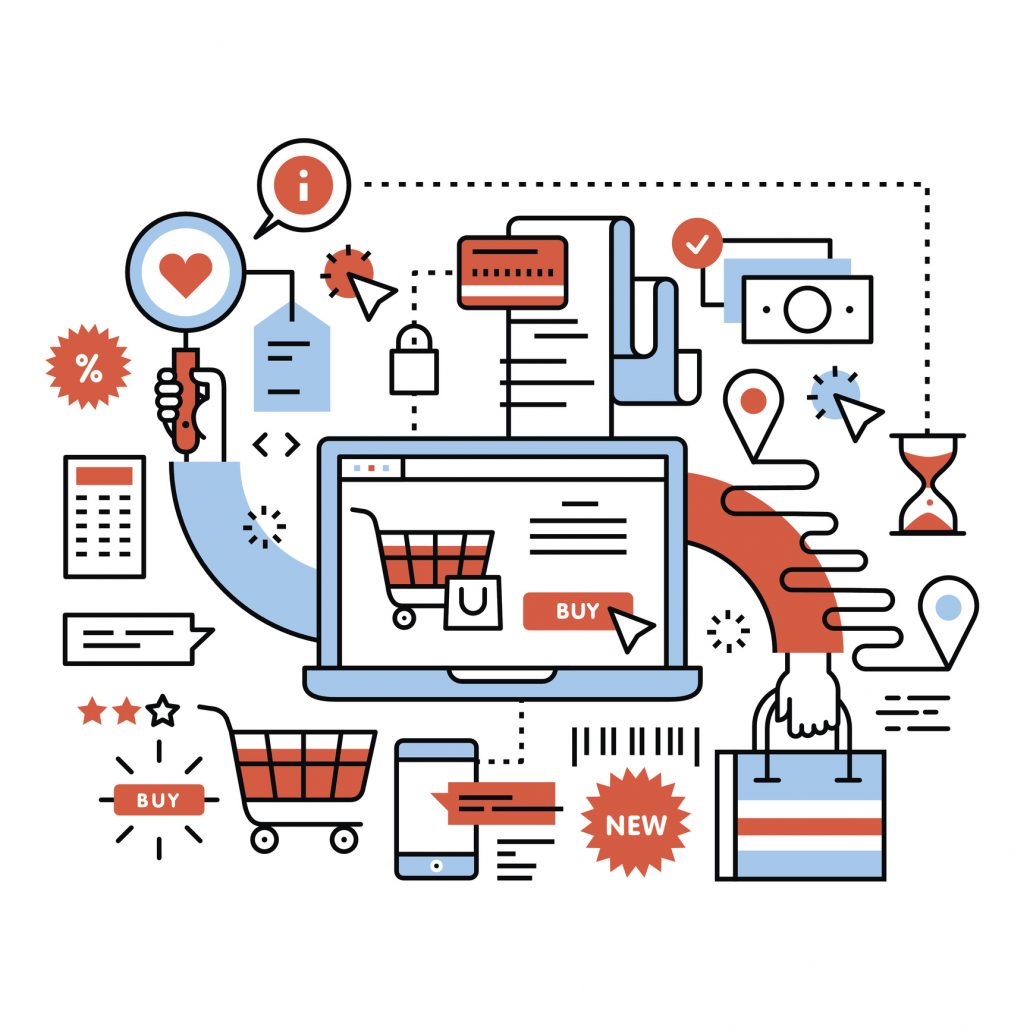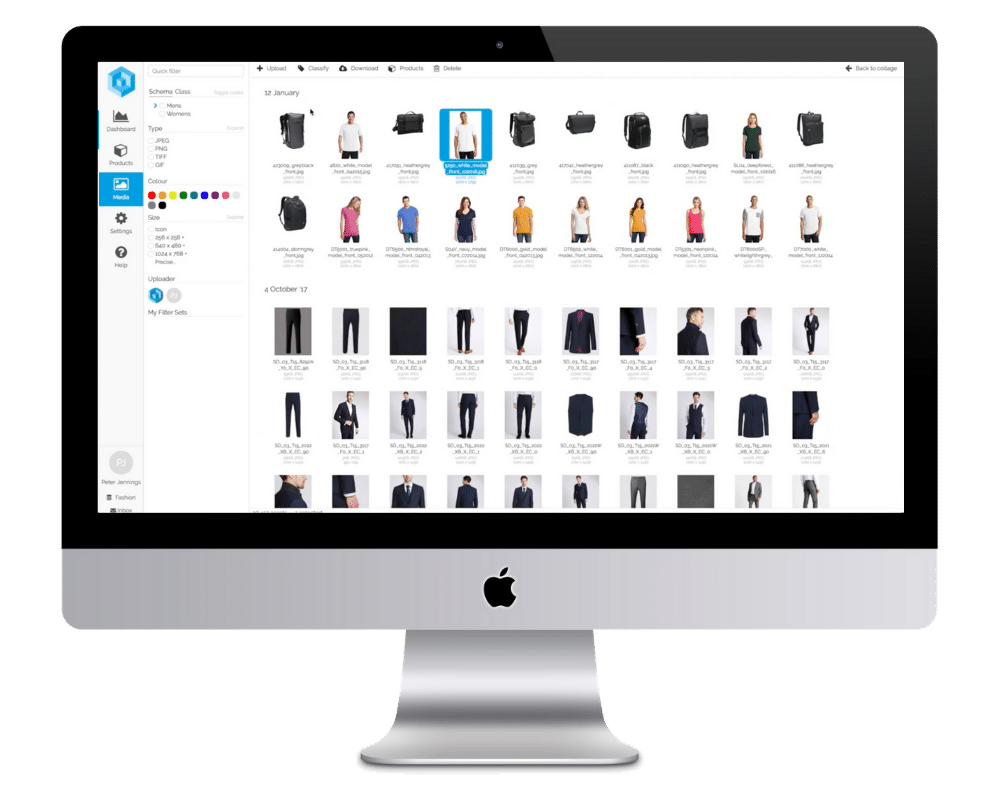Key Takeaways:
- BOPIS meaning: Buy Online, Pick Up In Store is a retail fulfillment method that blends the convenience of eCommerce with the immediacy of in-store pickup.
- The model helps retailers reduce shipping costs, streamline fulfillment logistics, and enhance customer satisfaction.
- A Product Information Management (PIM) system enables effective BOPIS execution by ensuring accurate, synchronized product data across all channels.
What Is BOPIS?
Definition
BOPIS, or “Buy Online, Pick Up In Store,” is a hybrid retail model that allows customers to place an order through a retailer’s website or mobile app and pick it up at a nearby store, typically on the same day. It bridges the gap between digital and physical retail, giving shoppers the flexibility to browse and pay online while avoiding shipping fees and delivery wait times.

The BOPIS model has become a cornerstone of omnichannel retail strategies, particularly since the COVID-19 pandemic accelerated the need for flexible, low-contact shopping experiences. According to a report by McKinsey, over 60% of U.S. consumers tried BOPIS for the first time during the pandemic—and many continue to use it today due to its convenience and speed.
Use Cases
BOPIS is particularly valuable in scenarios where speed and convenience are priorities. Here are a few common use cases:
- Holiday Shopping: During peak seasons like Black Friday or Christmas, consumers use BOPIS to avoid delivery delays and ensure they get what they need without the risk of stockouts.
- Last-Minute Needs: Whether it’s a forgotten birthday gift or an urgently needed electronic accessory, customers can pick up items the same day.
- Perishables and Essentials: Grocers offer BOPIS for fresh produce, prepared meals, and household essentials, allowing shoppers to schedule convenient pickup slots.
- Apparel and Footwear: Shoppers can order clothing online, try items on in-store, and return unwanted items on the spot—reducing returns and improving satisfaction.
Why BOPIS Matters for Modern Retailers
Challenge #1: The Last-Mile Problem
The “last mile”—the final leg of a product’s journey from warehouse to customer—is one of the most complex and costly parts of the fulfillment process. Traditional eCommerce fulfillment models rely heavily on third-party logistics, which can be slow and expensive.
Solution via BOPIS: Faster, Cheaper Fulfillment

BOPIS sidesteps the last-mile dilemma by making the customer the final delivery step. Retailers leverage their existing store infrastructure to fulfill online orders locally, which:
- Reduces reliance on external delivery services
- Slashes shipping costs and environmental impact
- Speeds up fulfillment times from days to hours
Moreover, BOPIS encourages in-store foot traffic. Data from NRF shows that over 50% of customers who pick up online orders in-store make additional purchases, boosting average order value.
Challenge #2: Omnichannel Fragmentation
Many retailers struggle to maintain a consistent brand and customer experience across digital and physical channels. Product availability, pricing, and promotions often differ between online and in-store touchpoints.
Solution via PIM and Unified Commerce

By centralizing product information in a Product Information Management (PIM) system, retailers can synchronize SKUs, descriptions, pricing, and availability across every customer touchpoint. This supports a true omnichannel BOPIS strategy, where:
- Customers see accurate inventory by location
- Promotions align across channels
- Staff can fulfill orders efficiently with reliable product data
Learn how an omnichannel strategy can drive growth.
Key Benefits of BOPIS: Convenience and Flexibility for Consumers
Key Feature #1: Real-Time Inventory Visibility
For BOPIS to function, customers must be able to see—at a glance—whether the product they want is in stock at their chosen location. That means integrating inventory systems across online and in-store channels to deliver accurate, real-time data.
Key Feature #2: Streamlined In-Store Pickup Operations
Equally important is the in-store pickup experience itself. Retailers must train staff, set aside dedicated pickup areas, and implement technology (like QR code scanning or automated lockers) that streamlines the handoff process.
Use Case Example: Fashion Retailer with Local Fulfillment
A national fashion retailer uses BOPIS to allow customers to order from its website and pick up items at their local boutique. Store associates receive a notification, prep the items, and place them in a secure locker. Customers get a text with a pickup code, enabling them to retrieve their purchase with zero wait time. This not only improves operational efficiency but also builds brand loyalty.
BOPIS and PIM: Why Product Information Matters
Seamless BOPIS fulfillment depends on more than just logistics—it requires accurate, consistent product information at every stage of the customer journey. A PIM system ensures that product listings are enriched with the correct dimensions, variants, pricing, and descriptions.
Here are just a few of the ways PIM supports BOPIS:
- Inventory Accuracy: Ensures that product availability reflects real-time stock levels by location.
- Product Matching: Helps systems recognize SKUs and variants correctly during order processing.
- Cross-Channel Consistency: Unifies product data across eCommerce, mobile apps, in-store POS, and third-party marketplaces.

Without a PIM, retailers risk:
- Displaying incorrect product specs
- Misleading customers about availability
- Causing order cancellations and customer churn
Implementing a solution like Pimberly allows you to manage product data centrally, reduce errors, and deliver the high-quality experience today’s BOPIS customers expect. Learn what a PIM system is and why it matters.
FAQs
Q: What systems and tools are essential to implementing BOPIS successfully?
A: Key systems include real-time inventory management software, a centralized PIM, an integrated POS system, and customer-facing order management tools. These ensure accurate inventory data, efficient order routing, and a seamless pickup experience.
Q: How should retailers train staff for BOPIS fulfillment?
A: Staff should be trained to handle order preparation, customer communication, and in-store handoffs. Many successful BOPIS retailers use dedicated team members or assign shifts specifically for managing BOPIS orders to reduce delays and errors.
Q: What are the infrastructure requirements for BOPIS?
A: At a minimum, retailers need designated in-store pickup areas, secure storage for customer orders, and a system for notifying customers when orders are ready. More advanced setups may include lockers or curbside pickup stations.
Q: How do you minimize cancellations or failed pickups?
A: Ensure customers receive timely notifications when orders are ready, along with clear instructions for pickup. Offering flexible time windows and reminders can also reduce the risk of abandoned pickups.
Q: What KPIs should retailers track to measure BOPIS success?
A: Key performance indicators include order accuracy rate, average pickup time, in-store upsell rate, and customer satisfaction scores. Tracking these can help optimize staffing, technology, and workflows.
Takeaways for eCommerce Managers Looking to Implement BOPIS
To summarize: BOPIS is not just a trend—it’s a strategic retail model that answers today’s consumer demand for immediacy, flexibility, and control. It offers clear advantages for both retailers and customers:
- Retailers reduce last-mile delivery costs, increase in-store purchases, and streamline operations.
- Customers get fast, flexible access to their purchases without paying for shipping or waiting days for delivery.
But BOPIS only works if your infrastructure can support it. That includes:
- A real-time inventory management system
- Well-trained staff and store pickup workflows
- Centralized, accurate product data through a PIM
Want to dive deeper into how your product data can impact fulfillment, conversion, and customer satisfaction? Read how to overcome common eCommerce challenges using product data or connect with Pimberly to explore our PIM solutions built for omnichannel retail.













